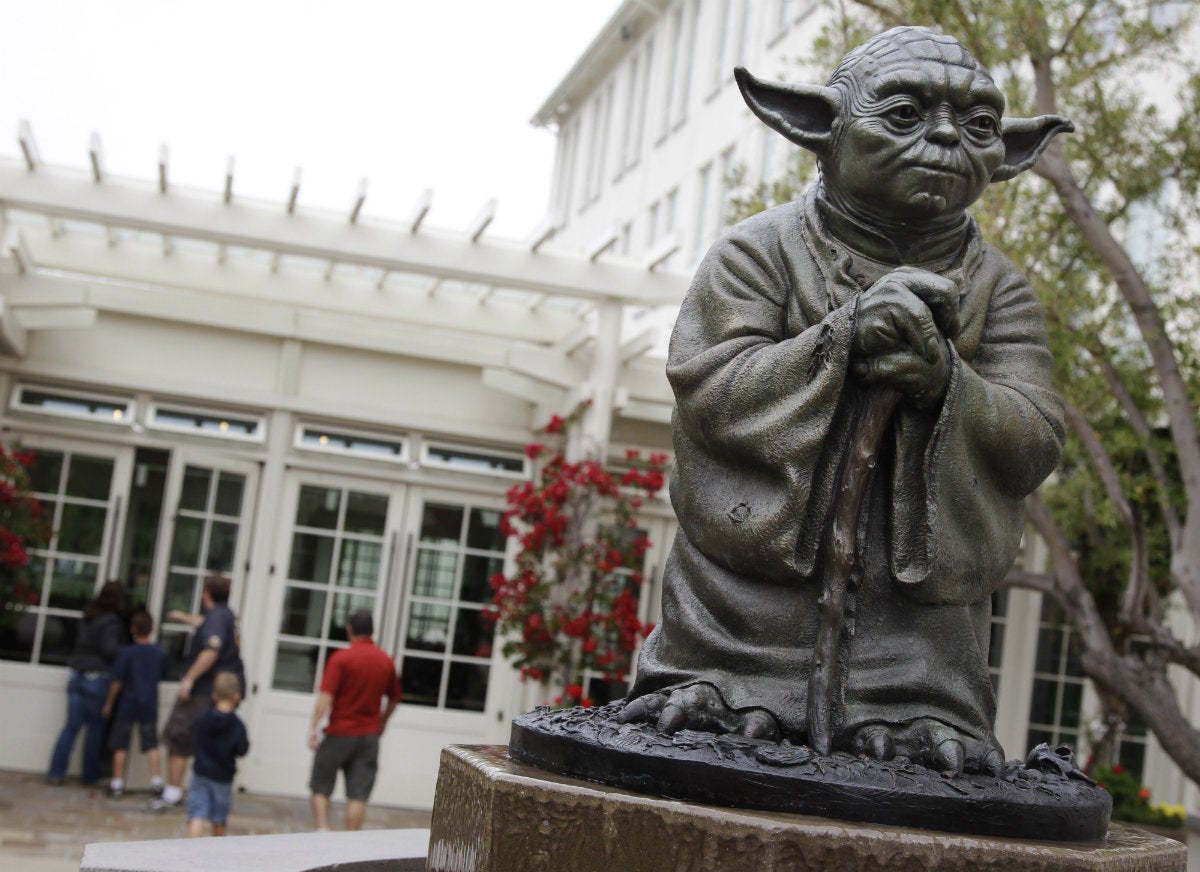Why buying Star Wars was a brilliant move by Disney
Movie stars aren’t the most valuable thing in Hollywood. Neither are whip-smart screenwriters, superstar directors, or deep-pocketed producers. The single most valuable thing in the movie business is owning popular content with a great track record and the possibility of future sequels. That’s where the money is.

Movie stars aren’t the most valuable thing in Hollywood. Neither are whip-smart screenwriters, superstar directors, or deep-pocketed producers. The single most valuable thing in the movie business is owning popular content with a great track record and the possibility of future sequels. That’s where the money is.
And that’s why Disney is on a Popular Movie Franchise Spending Spree. In 2006, it paid $11 billion for Pixar. In 2009, it paid $4 billion for Marvel. And yesterday, it paid another $4 billion to acquire Lucasfilm and the right to continue the Star Wars franchise into the future.
Will the next Star Wars movie be any good? Who knows. But knowing what we know about the state of the movie business, this was a smart buy for four reasons.
Hollywood is in the business of buying attention. But attention is a hard thing to buy when you’re working from scratch: Original stories are much riskier than sequels. Indeed, the only movie in the top 40 all-time top-grossing films that isn’t a sequel or adaptation is James Cameron’s Avatar, which is basically “Future 3-D Pocahontas.”
In 2011, 14 of the top 15 movies in the U.S./Canada were sequels and adaptations (all but Bridesmaids):
(2)THE POWER OF MOVIES THAT LIVE BEYOND THE THEATER:
The largest source of revenue for studios isn’t U.S. box office. It isn’t foreign box office, either. It’s television. It’s deals with cable channels and companies that rent/stream/sell movies companies that people watch on their TVs and iPads.
About 80% of studio revenue comes “from the ubiquitous couch potato viewing his movies at home via DVDs, Blu-rays, pay-per-view, a digital recorder, cable channels, or even network television,” Edward Jay Epstein wrote in his book The Hollywood Economist.Between 19 and 20 in 20 households own a television. One in 20 households attends the movies any given weekend. The business of movies is in home entertainment.
That’s what makes the Star Wars franchise extra lucrative. Its value isn’t confined to movie studios. It sells merchandise and network marathons.
(3) THE POWER OF THE AMERICAN TEENAGE AUDIENCE
If you thought that all big movies these days seemed aimed at teenagers, then congratulations. You are perceptive.
Even with total movie attendance flat or falling, Americans between 12 and 24 attend twice as many movies as 40- and 50-year-olds, according to the Motion Picture Association of America. Not only does Star Warsappeal to adults on the couch at home, but also it appeals to the sweet-spot of the national box office.
“For about the same purchase price [as Marvel], Disney is buying another big, young male skewing franchise to expand its diversification from young females,” Lazard Capital Markets analyst Barton Crocketsaid.
In the U.S., movie ticket sales are falling and box office revenue is flat. But overseas, both are soaring. “International box office in U.S. dollars is up 35% over five years ago,” the MPAA reports.
Star Wars has a lot of room to grow overseas. George Lucas was great at building one of the most popular movie franchises in American history. Disney is great at building international brands. Together, analysts think they can take Star Wars global, boosting revenue from box office, TV licensing, and merchandise. Per Crocket: “Lucasfilm’s $215 million in licensed merchandise fees is comparable to pre-acquisition Marvel, but has more room for a Disney boost from insourcing and expanding international as Lucas’ mix is under 40 percent international versus Marvel’s over 40 percent.”